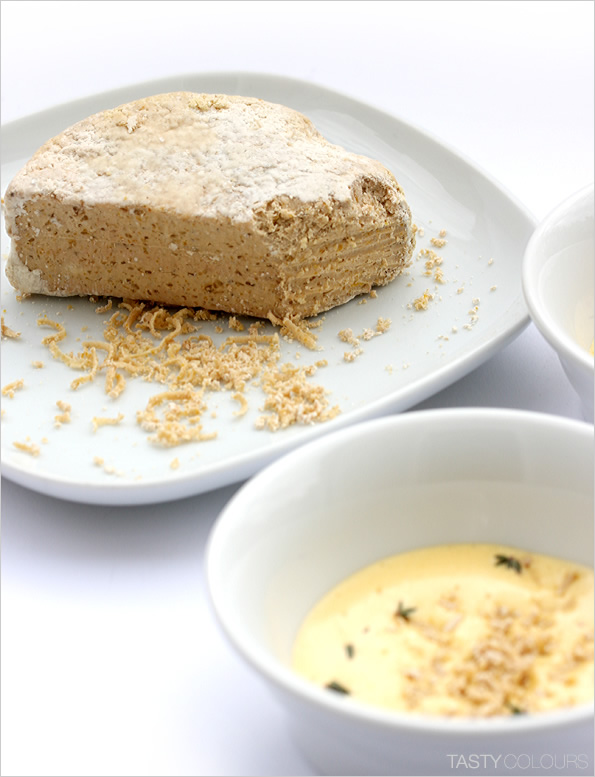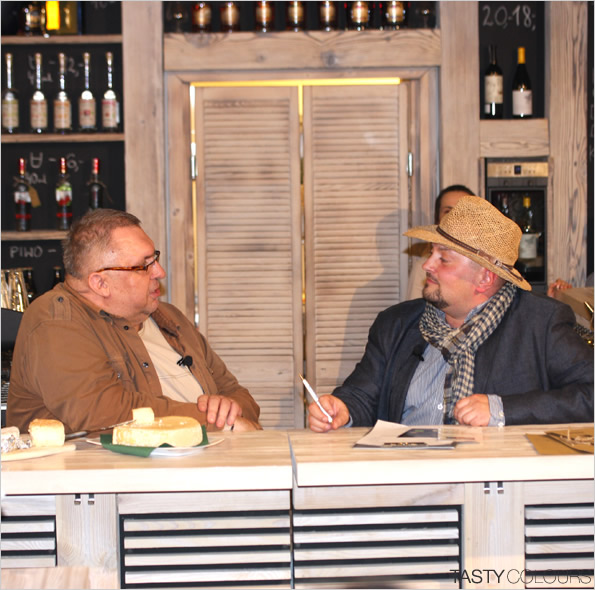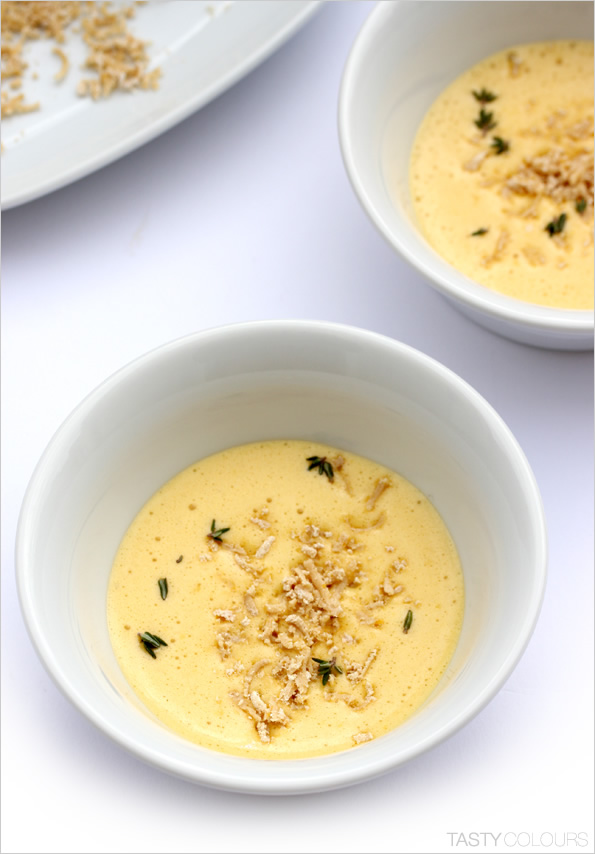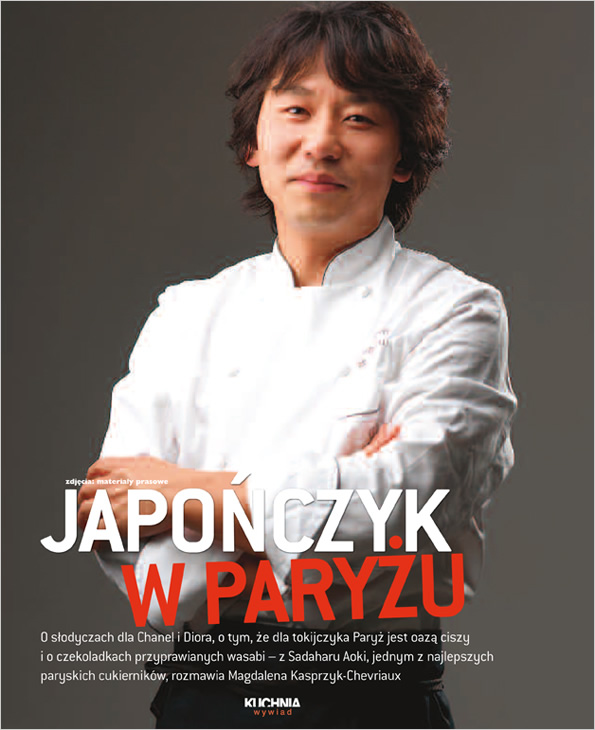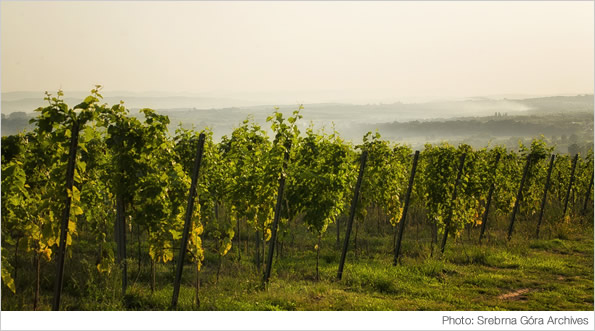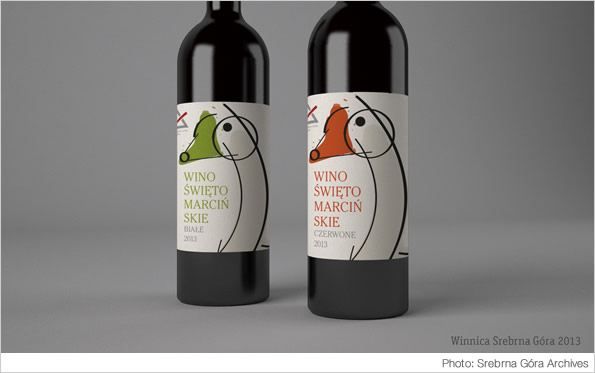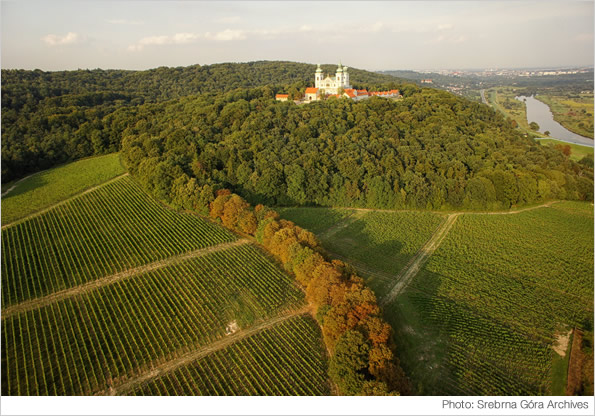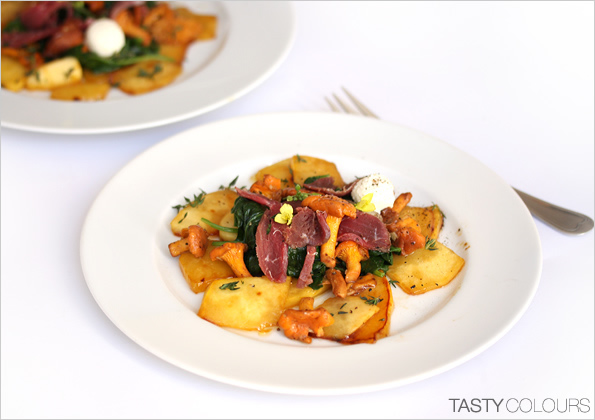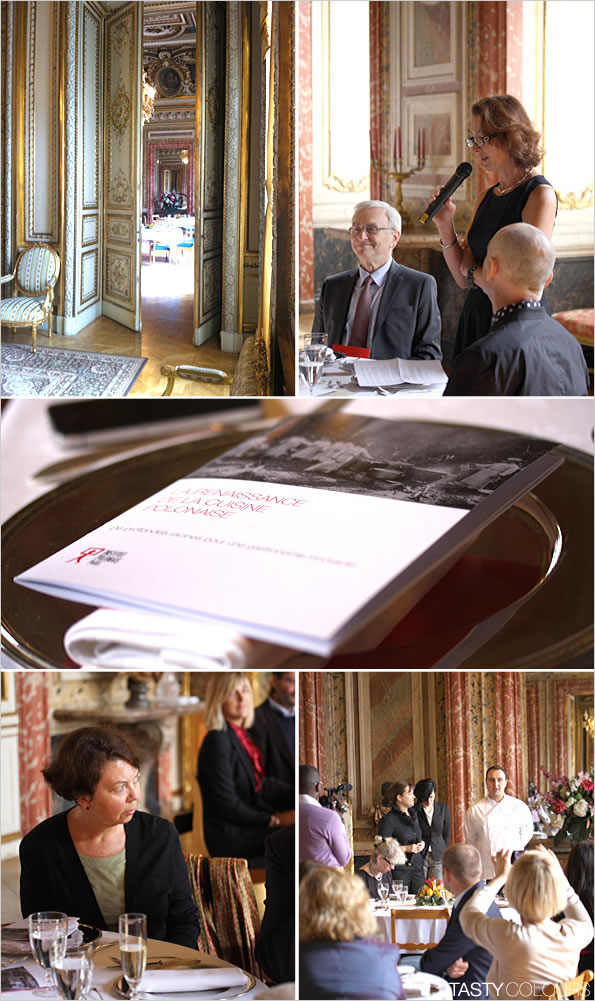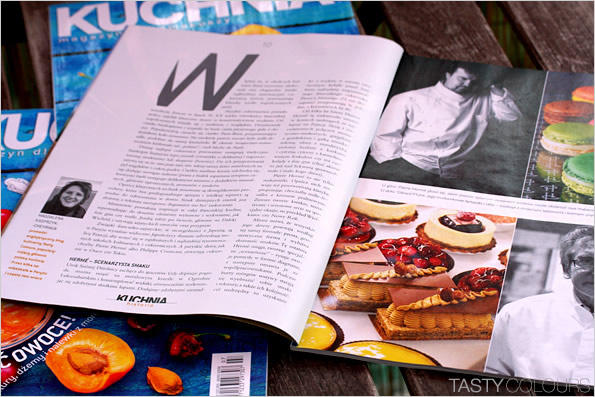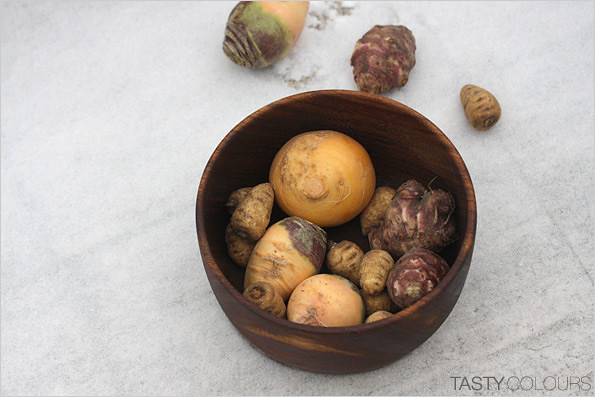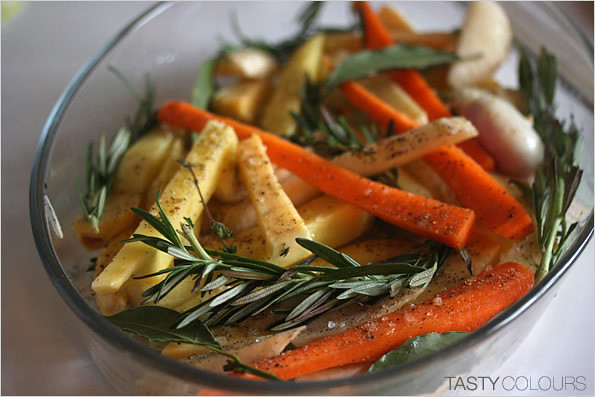Krakó Slow Wine is a wine bar
and wine shop which opened a couple of months ago in the ex-industrial part of
Kraków called Zabłocie. The area, where the Oscar’s Schindler Factory is also located,
was a sad and depressing part of the city not so long ago. It has been
revitalized during the past few years. The wine bar is run by people who are
fascinated by the culture of the Austro-Hungarian Empire and, at the
same time, they are importers of Georgian and Middle-Eastern European wines. No wonder why the place offers genuine and
natural wines from this part of Europe, made from local grape specimen.
The “slow wine” idea focuses on searching for the roots of authentic, genuine
wines. “Krakó” in Hungarian language simply means Kraków, my hometown and at
the same time it is the name one of the mountains in Tokay-hegyaljai (the
wine territory in Hungary). This is where the Wille-Baumkauff family makes a
wine called Pendits Furmint Krakó. “We want to prove that natural wines can be
clear, lasting and excellent”- underline the owners. There are around 50
various wines in their offer (Hungarian Tokay, Eger regions, Romanian
Nachbil and Georgian producers). The place is not big, but not too small as
for Kraków standards. Additionally, when you enter the place, it seems to be
actually quite spacious, thanks to high ceilings and skylights which also make
the whole premises lighter. Every month the owners organize meetings and
discussions about wine and food. Aside from wine, it also offers some regional
snacks and specialties, including Polish farmer’s cheeses.
Who's one of
the best cheese experts in Poland?
Cheese and
wine is a natural and common pairing so no wonder why the owners invited to
Kraków one of the most renowned cheese experts in Poland – Gieno
Mientkiewicz. The evening and the degustation where I went last week was dedicated
to wines from Central Europe and the cheeses for the tasting were brought by
Mr. Mientkiewicz from Warsaw. The meeting was moderated by my friend Mariusz
Kapczyński, who is a wine passionate, and the owner of vinisfera, a web
site about wines. If there is anyone who knows
everything about Polish cheeses, this is Mientkiewicz, a guy whose life history
is a bit twisted, as he says, but fascinating. Lately he was even interviewed
in Warsaw by journalists from the BBC. They tried some Polish farmer’s cheeses
and they fell in love with them! He's a walking cheese encyclopedia, no wonder
why he has his own TV program dedicated to Polish farmer's cheeses.
Polish
farmer's cheeses – sery zagrodowe. What is that?
Farmer’s
cheeses are called in
Polish "sery zagrodowe". The author
of this term, which is commonly used among the foodies to describe Polish
farmer’s cheeses, is also Mientkiewicz. "Zagroda" literally means a croft in
Polish; as these cheeses are made by small family enterprises. Mientkiewicz travels all over Poland and
visits various Polish cheese makers, finding some jewels.
When one
looks at the map of Polish cheeses, one will notice that there is relatively a
lot of cheesemakers. Their number is estimated to about 600 but it is
probable that there are more than this. Let's hope that we will soon be able to
read about them in the first guide on Polish farmer's cheeses. According to
Mientkiewicz, there are two most important "cheese areas" in
Poland. The first one is located in the north east of the country. This is
where the so called "breakfast cheeses" are produced, such as Wiżajny,
Tykocin and korycińskie cheeses,
which are delicate, natural in taste, and of course, ideal for
breakfast. The second is area is located in Lower Silesia (south west)
where eccentric cheese makers experiment with textures, flavours and
ideas.
Making
quality cheeses is a tough business in Poland. It is due mostly to the
lack of experience. The producers of these cheeses cannot rely on rich
traditions, as they are the first generation of people who decided to go into
the cheese business. As we know, French or Italians built their cheese
reputation over decades and generations. 5, 10 or even 20 years is not
enough to build quality, distribution and trademark, even when cheese
makers work hard, are determined and patient. Moreover, the Polish
Government does not support small food producers. As many say, Gieno
Mientkiewicz plays the role of a "locomotive" for the cheese
business, finding cheese marvels and trying to promote them in the whole
country. To sum up, despite the obstacles the cheese market changes slowly in
Poland. 20 years ago the only cheeses that available in stores were: "ser
biały" (literally, "white cheese" or tvarog) and "ser żółty"
(literally, "yellow cheese" like fake edam, gouda and so on, usually
sweet in taste and good for kids). I do not mention traditional and regional
cheeses, for example oscypek, bryndza, bundz all from the Podhale region or
korycińskie from Podlasie, in the east of the country, which were always
present in non formal trading, as it was possible to buy them in the
countryside or on food markets.
These Polish
farmer’s cheeses are often manufactured in areas which are ecologically
clean. The animals are fed naturally and they eat what is available in the
season. As a result, the taste of milk differs according to the seasons,
and it is a real challenge for producers to keep the taste and the quality of
their products consistent all year round. As you may guess, some of the cheese
makers are people who quitted
the cities and moved to the countryside.
Certain of these cheeses are great, as made by talented people, and tons
of them are good. They are, more or less directly, inspired by the heritage of
other countries, like for example France or Italy. In the wide range you will
find cheeses from fresh, non pasteurized goat, sheep or cow’s milk. Amongst
those cheeses you will find some flavoured with domestic or foreign herbs or
other seasonings; soft cheeses with a white mold or washed rind crust; blue
cheeses, semi hard cheeses (uncooked and pressed ) and cooked and pressed hard
cheeses. These homemade cheeses are expensive, but do you know any good
farmer’s cheese that is inexpensive?
Because
farmer's cheeses are expensive and represent a niche market, their distribution
channel in Poland is still bad. However, things look better than a few
years ago. First of all one can buy cheeses on food festivals (which are
organized mostly in the summertime, like for example the "Gruczno food
festival" which takes place every August, the "Good Cheese
Festival" in Lidzbark Warmiński
and the "Festiwal Nieskończonych Form Mleka" in Sandomierz).
Secondly, the most renowned producers sell cheeses on line, vacuum pack them
and send via messenger to any private address. Thirdly, there are some internet
stores like this one run by Gieno Mientkiewicz, which
carries cheeses from various producers. Finally, they start to be available in
certain ordinary stores or food markets, especially particular in Warsaw.
Who are the
most renowned producers of farmer's cheeses?
Today I will
only mention a couple of them, which I know quite well. The producers listed
below are known in Poland among foodies and chefs who
promote new Polish cuisine.
Sery łomnickie (łomnickie cheeses): Made by the Sokolowscy
family, owners of a farm located in the south west of Poland. They specialize
in goat cheeses. Some of them won domestic competitions. Their aged goat
cheeses are also surprising (natural ones as well as those with spices, for
example cloves or fenugrec).
Rancho frontiera: An organic farm in the Masuria region, in the north
of Poland. The owners make excellent sheep’s and cow’s cheeses. They produce
excellent aged, blue and young cheeses, which most famous is the jersey blue
cheese. It won the main award at the Gruczno Festival in 2013.
Gospodarstwo
Rolne "Kaszubska koza": Honorata and Tomasz Strubińscy's
farm named "The goat of Kashubia" is located in Robaczkowo, in the Kashubia
region (northern Poland) is a family business where the two passionate make
extraordinary goat’s cheeses from non pasteurized, fresh goat milk. I have tried
all of their products and two of them are absolutely excellent: one is called "drunk
goat", a goat cheese macerated in fruit marc. The other one is an
extremely delicate young and fresh goat cheese called "kozia rura".
Sery z
Wiżajn: Cow’s aged hard cheeses made with rennet, according
to traditional recipes of older inhabitants of the Wiżajny and Rutka Tartak
districts in the northeast of Poland.
Sery grądzkie (Wielkopolska): The owners
mainly produce aged goat cheeses, most of them being over one year old. Their
cheeses are recommended by the most renowned Polish chefs and restaurateurs,
such as Agnieszka Kręglicka and chef Adam Chrząstowski.
Kogel mogel
with Goat's Halvah Cheese
This is the simplest
dessert to prepare. Kogel mogel
are just egg yolks stirred with sugar. This type of preparation became known under
this name in the 17th-century amongst Jewish communities of Central Europe.
The dessert was very popular when I was a kid, a period when sweets were
difficult to buy in stores. The only requirement is to have top quality eggs
which must absolutely be clean and disinfected, if you do not want to risk to
catch salmonella.
I had it
last summer at Solec 44 in Warszawa with an
unusual flavoring: the goat cheese called "goat halvah" made by Mrs.
Sokołowska of sery łomnickie (mentioned above). During the event
at the Lipowa wine bar, this cheese was offered to me by Mentkiewicz. This
cheese is a real must. It is made of the goat’s whey caramelized for several
hours, similarly to his far Norwegian cousin, geitost. It is not as sweet as halvah, but its texture
resembles halvah a bit and it also a bit nutty with a delicate after taste of
yeast and sourness. The "goat halvah" may be served on a platter with
other cheeses, but it is supposed to be at its best as a seasoning or as an
addition to desserts. Top
Polish chefs use this cheese in their restaurants. The first
Michelin star chef, Wojciech Amaro makes an ice cream with it. After I got the
cheese, I copied this extraordinary version of kogel mogel and had it as a
little dessert.
Seves 2
4 egg yolks,
free range eggs
2 heap tbs
sugar
A bit of
grated goat halvah cheese
Fresh thyme
It is a
simple dessert to prepare. Place raw egg yolks with sugar in a bowl. Whip egg yolks
with sugar to obtain a smooth and creamy texture. Sugar must be completely dissolved.
Pour mixture into serving dishes.
Sprinkle the cheese on top.
Sprinkle some thyme leaves.
Bon appétit!

